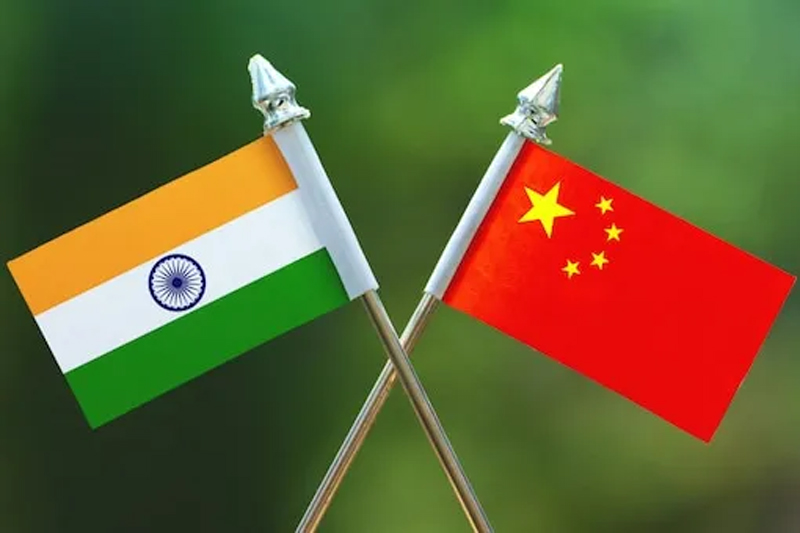India and China have agreed not to carry out “too much” of a buildup of troops in eastern Ladakh in the coming summer, with both sides having withdrawn a significant number of soldiers as part of the winter deployment pattern, ThePrint has learnt.
However, disengagement from the Depsang Plains and Demchok remains a thorn in talks with no agreement on this critical issue, sources in the defence and security establishment told
The decision to limit the surge of troops in the coming months was taken at the 21st round of Corps Commander level talks held on 19 February. Modalities for the same are to be finalised at the next Corps Commander level talks to be held ahead of the summer.
As reported earlier, India had deployed over 68,000 additional troops along with nearly 90 tanks and more than 300 infantry combat vehicles on the icy heights of Ladakh following the Galwan clash of 2020.
Owing to the extreme temperatures in eastern Ladakh and especially along the LAC, both countries scaled down the deployment of troops in the region, while retaining minimum troops at the front. Though some of these troops have been pulled back to depth areas, others have been completely moved out.
It is common practice for troops to be brought back into operational areas during the summer.
In a brief statement, the Ministry of External Affairs (MEA) said the discussions built on previous rounds, “seeking complete disengagement in the remaining areas along the LAC in eastern Ladakh as an essential basis for restoration of peace and tranquillity in the India-China border areas”.
The two sides shared their perspectives on these issues in the latest round of talks held in a friendly and cordial atmosphere, it added. The MEA said both sides agreed to maintain communication going ahead, through relevant military and diplomatic mechanisms.
“They also committed to maintain peace and tranquillity on the ground in the border areas in the interim,” said the statement issued by the Indian foreign ministry.
Sources said the talks carried forward agreements reached in the 20th round of military commander level talks held last October.
ThePrint had reported then that both sides agreed to carry on with winter deployment along the Line of Actual Control (LAC), which will see reduction in troops, and aim to work out a plan ahead of the summer so there is no surge in soldiers and equipment.
Over the summer, both India and China have been known to have nearly 50,000 troops and equipment deployed on each side of the LAC. The deployment numbers come down drastically in the winter.
“So what has now been decided is that there will be no buildup of too much troops in summer so that the situation remains stable. What and how much will be too much and related modalities will be worked out at different levels in talks before the top commanders meet again just ahead of summer,” a source said.
Asked if any decision had been taken on the remaining friction points, the source replied: “no.”
Since tensions first erupted along the LAC in 2020, Indian and Chinese troops have carried out disengagement from Galwan Valley, Pangong Tso, Gogra (PP-17A) and Hot Springs (PP-15) but continue to engage in a stand-off at the strategically important Depsang Plains and Demchok. The last disengagement took place in September 2022 when troops from both sides disengaged from Hot Springs.

